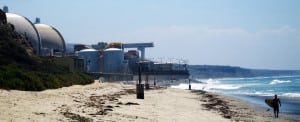
Thomas Gardiner
The majority owner of the shuttered San Onofre Nuclear Generating Station (SONGS) in California this fall plans official outreach to the potential new off-site home for its used reactor fuel, according to a senior executive.
Late last month, Southern…